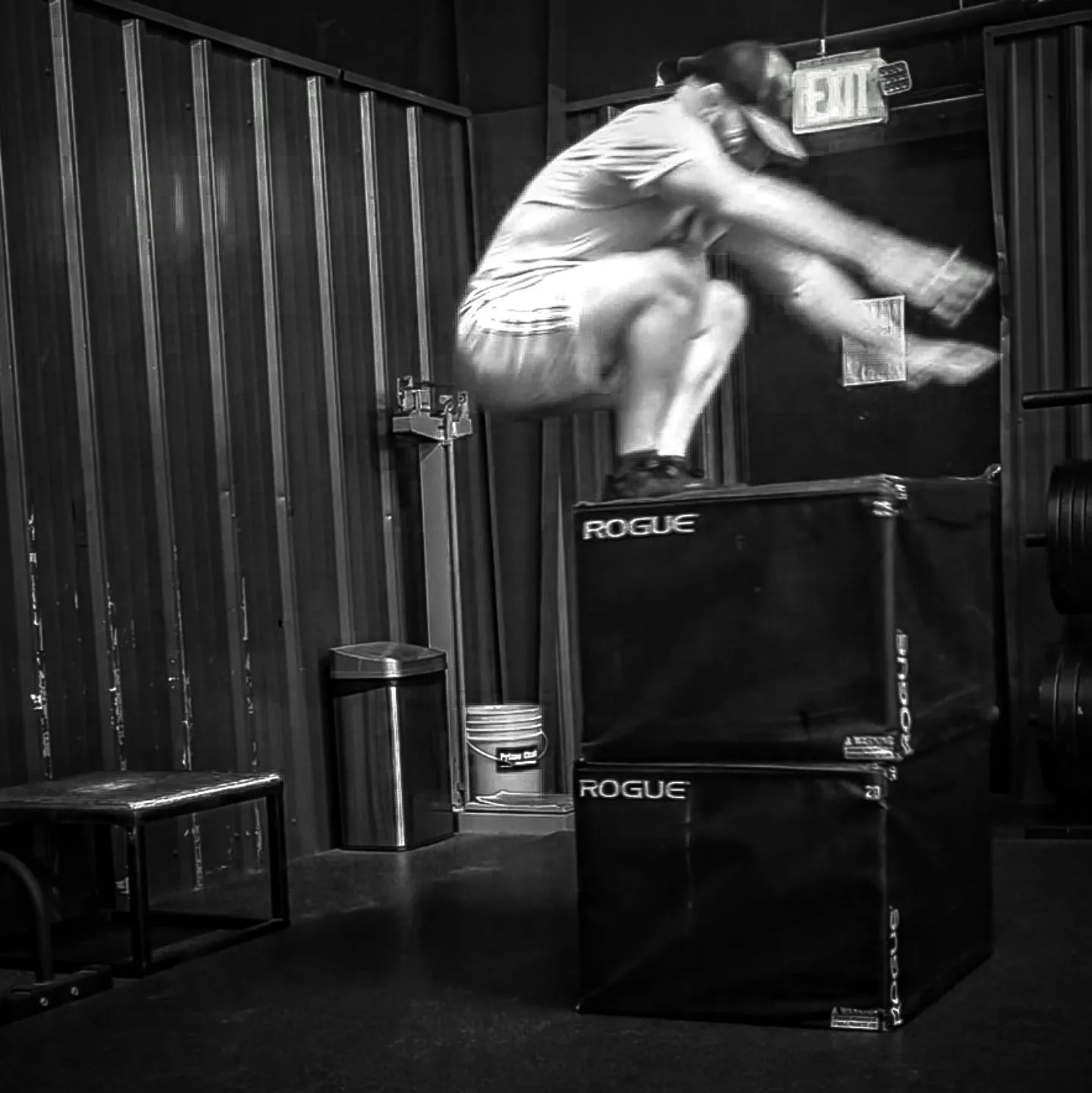Work and Stimulation
An active recovery formula, Part 2
Austin Haedicke
699 Words | Read Time: 3 Minutes, 10 Seconds
0000-12-31 16:07 -0752
Active recovery is a targeted approach that warrants a “working segment” which dictates the session focus and the adaptation(s) we’re trying to derive from the session. This is often the most difficult part of the formula to dose correctly.

For a quick review, in the last segment, we looked at the value of a long warm up, consisting of:
- Up-Regulation Breathing: 5 minutes
- Movement (Zone 2): 15 minutes
- Mobility and Pre-Fatigue: 10 minutes
Recall as well, that the goal of active recovery is to improve our recovery debt rather than deepen it. We ant to feel better after the session rather than more beaten up.
Many times we get ground down to a slightly higher than medium pace that is neither low enough to promote recovery, nor high enough to stimulate novel adaptation – a regression towards the mean.
This is what happens when you try to “go hard all the time.” In reality, your training only “feels hard” while the performance is modest. Outcomes matter more than output.
To help moderate intensity, I’ve proposed some time limits above and would add to that that the “work” segment should only be 10-15 minutes. With sufficient effort, this is plenty. There have been 10-minute work blocks that left me writhing on the floor for another 20 minutes.
Again, the context here is to develop novel adaptations while still getting a net positive from the session in terms of recovery. Save the 2-hour bro-sessions for another time. I’ll give you a total of 45-minutes of movement or 60-minutes door-to-door within the framework I’m proposing here.
Okay, so what do we actually do in this sparse 10 minutes then?
Recently, I’ve been using the Westside format of Max Effort, Repeat Effort, and Dynamic Effort with FRC-type movements. I also split sessions into upper / lower body days for each “effort” type.
Here, “upper” means everything north of the T-L junction (thoracic spine, neck, shoulders, elbows, wrists) and “lower” means everything below the T-L junction (lumber spine, hips, knees, ankles). This same format applies to the aforementioned mobility and movement blocks as well – which should be relevant to the working block if possible.
A 2-week template (on top of sport / skill training) might look like:
- Max Effort (upper)
- Repeat Effort (lower)
- Dynamic Effort (upper)
- Max Effort (lower)
- Repeat Effort (upper)
- Dynamic Effort (lower)
Regarding specific movement patterns, Eccentric Quasi-Isometrics (EQIs), are a great option for max effort. They’re basically a controlled negative, but remember we’re still looking for maximal contraction. Doing one set to gauge where you’re at and another to actually work is a good idea. In either case we want a contraction time between 5-10 seconds. If the negative lasts less than 5 seconds the load is too heave, more than 10 and it’s too light. Often times EQIs are super loaded beyond 1RMs for this reason.
Dynamic efforts are the most fun, and the emphasis should be on moving / feeling fast and powerful. Calisthenics, sprints, and plyometrics are all great options here. Though we want to try and err more towards the cardiovascular rather than strength side of things; agile fleet-of-foot not heavy plodding.
This can also be a good time to sneak in Olympic lifts if you like them, but remember, this is not a “repeat effort” sessions, nor a max effort sessions. That means that 3 singles over 10 minutes probably leans too heavy (max effort) and 10 singles might be too much volume (repeat effort); though generally an EMOM (every-minute-on-the-minute) format is appropriate.
Repeat efforts are probably the most difficult in terms of DOMS (delayed onset muscle soreness), but this can be managed with appropriate loading. An AMRAP (as-man-reps/rounds-as-possible) format is a good structure for anaerobic or aerobic capacity style repeat effort sessions. High-volume single movements are a good for strength endurance / hypertrophy (e.g. 1 set of 50 reps bench press, do X rows every time you break).
So far, we’ve covered a lot of ground: warm-ups, mobility, Zone 2, and diverse working sets, each with unique intended adaptations to stimulate. In Part 3 we’ll look at good general recovery principles, and the most overlooked and undervalued part of training sessions, the cool-down.